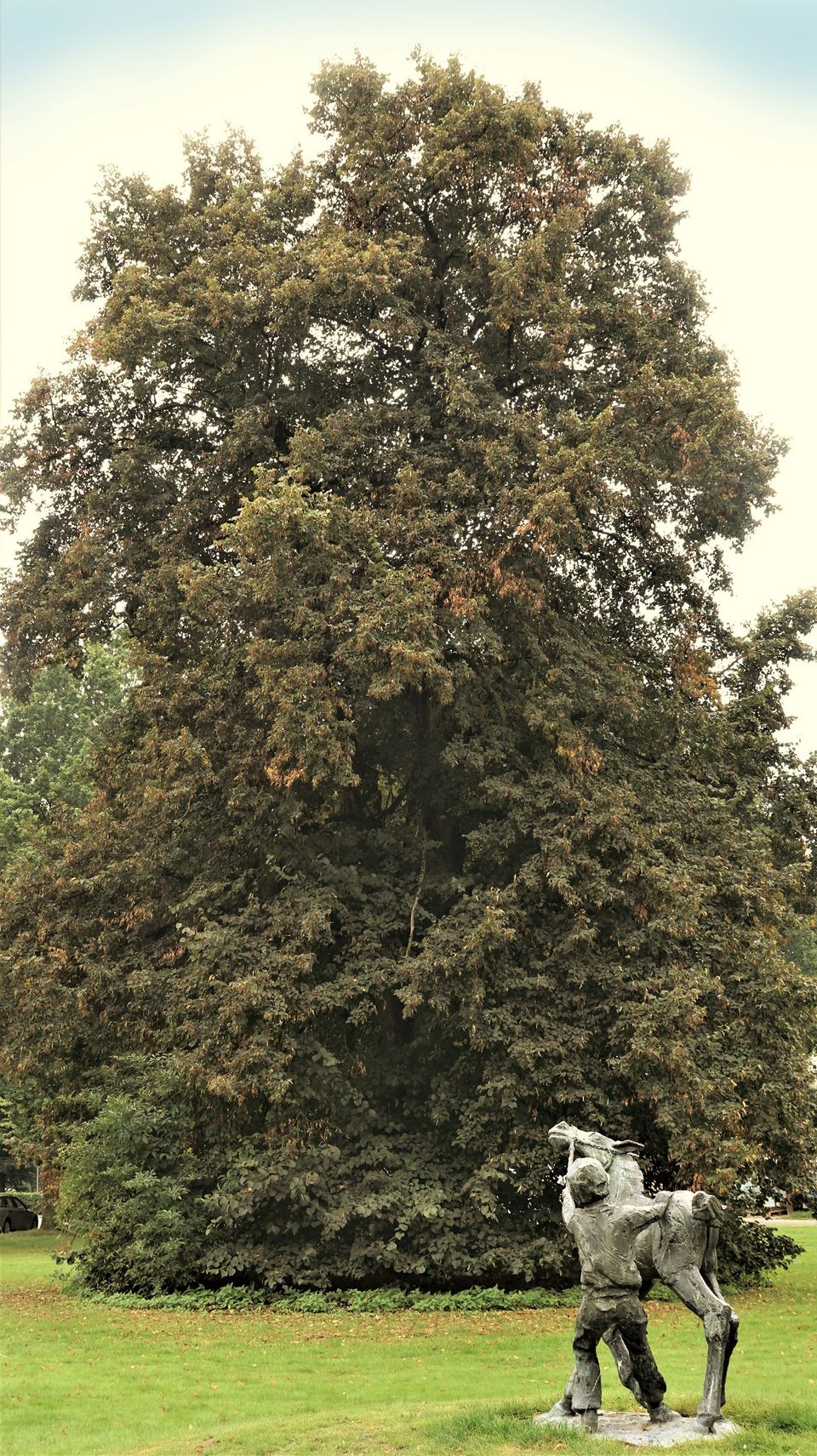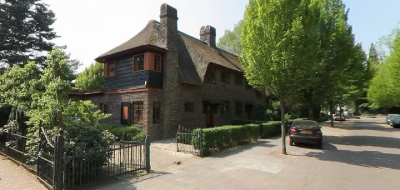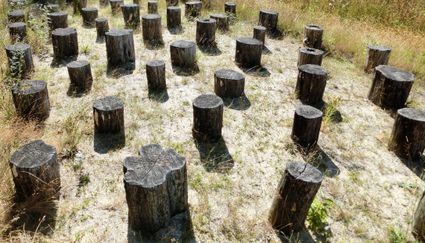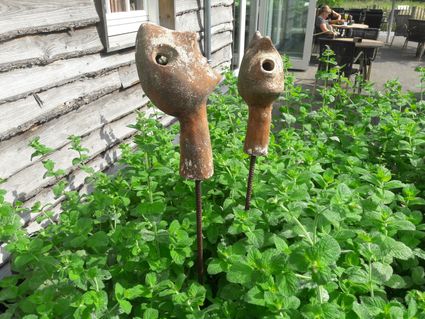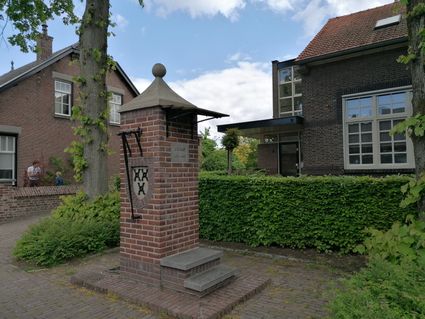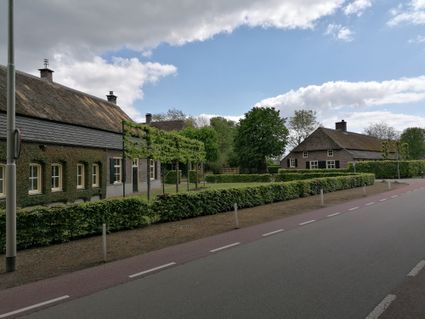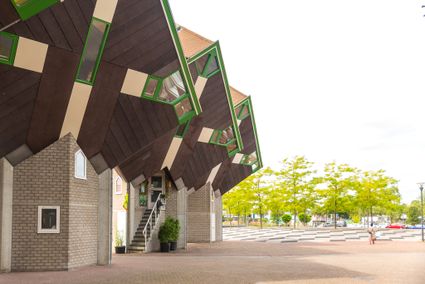De lindeboom van de Vogelzang in Gemert
Neem contact op
Hoeve Vogelsanck
There is a lime tree on the lawn along the Lodderdijk near Fitland in Gemert. It is the only remnant at the site of the medieval Hoeve Vogel…
Hoeve Vogelsanck
There is a lime tree on the lawn along the Lodderdijk near Fitland in Gemert. It is the only remnant at the site of the medieval Hoeve Vogelsanck. The farmstead was owned by the Gemert Commandery of the Teutonic Order in Gemert for centuries. Previously, the Lodderdijk crossed here with the filled-in river De Rips. Around 1500, Laurens van den Bleek was born on the Vogelzang, who achieved international fame as Laurentius Torrentinus, court printer to the Duke of Tuscany in Florence. The Hoeve Vogelsanck with the lands on the Molenbroek remained the property of the Commandery until the French Period, only to be confiscated by the French and administered as property of the Domains. First the French Domains, then the Dutch. In 1833, the State of the Netherlands sold the Hoeve Vogelsanck, along with more former castle property, to the wealthy state receiver Adriaan van Riemsdijk, then the new lord of Gemert castle. His heirs continued to own this extensive property, which comprises some 20 farms in Gemert et al. until the 1950s. After the Second World War, all this property was gradually sold off. By council decision of 4 April 1956, the Vogelzang was bought by the municipality of Gemert. Dating from the Middle Ages, Hoeve Vogelsanck underwent many modifications over the centuries. In 1908/1909, it became a modern long-gabled farmhouse for its time. Several large tithe barns used to belong to the farmstead, one of which has been preserved. Before farm and barn were cleared out in 1971, both components were given another curious and now memorable new purpose. The farm building becomes a rectory and emergency church, and the barn becomes a riding school. The farm church then falls under the demolition hammer, but the authentic monumental barn is saved. The oak skeleton is carefully disassembled and preserved and will eventually be resurrected as a reception room, restaurant and exhibition space of the Boerenbondsmuseum in the Pandelaar.
St. Jozef farm church 1967-1971
On 19 December 1965, Bossche Bishop Bishop W. Bekkers commissioned parish priest Martien van de Broek to establish a third parish in Gemert. The first Holy Mass of the new parish of Sint-Jozef was celebrated on 29 October 1966. In a short time, two emergency locations were used for the church. The municipality made the acquired Vogelzang farm available. The front house becomes the presbytery and the stable is converted into a church. It is the new parish's third emergency church in five months. A farm church was born! In October 1971, the new St Joseph's church at Pastoor Poellplein was consecrated. Soon after, the farm church was demolished. From Manege to Reception Hall and Restaurant Boerenbondsmuseum. Not only the farmhouse but also the monumental barn of Hoeve Vogelzang was given a curious purpose in the 1960s. The Gemert Riding Association Sint-Hubertus received permission from the municipality to use the barn as a riding school.
Old tithe barn preserved
At least a year before the Vogelzang farm was demolished, the monumental barn was carefully taken apart to preserve it for a suitable use. The barn will be rebuilt on the site of the new Farmers' Union Museum as a reception hall and restaurant. In that monumental building, some 25 metres long and 10 metres wide, the museum will be officially opened on 14 April 1990 by agriculture minister Gerrit Braks and ir. A. Latijnhouwers, the chairman of the NCB executive committee.
Source: Ad Otten, Legacy of the Hoeve Vogelzang: farm church, stables, restaurant and reception hall, Gemerts Heem 2014, no 4
